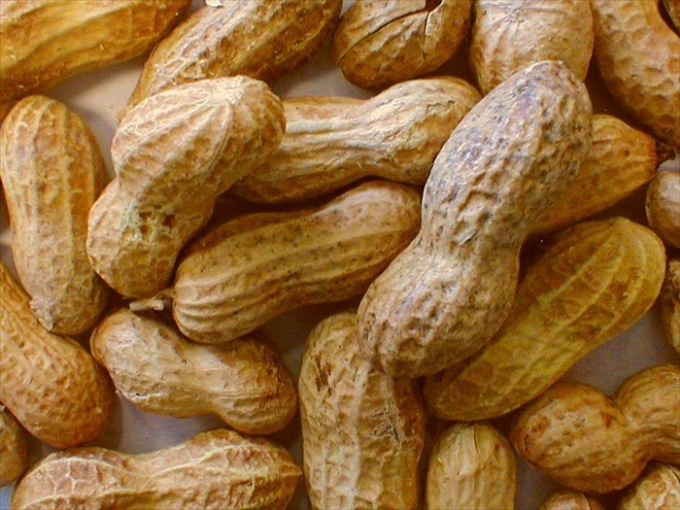You will need
- seeds peanut;
- - soil;
- floral or peat pots;
- - cellophane film.
Instruction
1
Purchase seeds peanut. It is small-seeded and krupnomery. Stop your choice on the second, since the yields are a bit higher. Don't buy a lot of seeds, first try to grow a few plants. If the first experience is successful, next year can extend the planting of walnut.
2
Determine where you will grow peanuts. If you have time to ripen in the open field watermelons and melons, so you can put a nut in the garden, after making the seedlings.
3
Take a light fertile earth and warm it to room temperature. If you are going to grow peanuts at home, then pour the soil in the flower pot. If you want to subsequently transplant the plant in the garden, use peat pots.
4
Place 2-3 walnut in one pot part may not germinate. On top sprinkle the earth for 1-2 cm, but no deeper. Pour planting with water at room temperature, cover in cellophane and place a container on the windowsill.
5
Remove the tape as soon as sprouts appear. Maintain watering as required. If the plant has grown and started to tilt, tie it, placing near the trunk of a small peg. Now you just have to wait for the walnut to grow – it will take about 3-4 months.
6
If you are going to plant peanuts in open ground, do it when the soil warms up to 15 degrees. It is important to avoid the threat of frost. The beds match the same as for the watermelon. When grown in the garden plants can not be tied. Pour the peanuts once a week and if the weather is very hot, a day.
7
Harvest as its maturation. If the nuts are over-ripens, then all the seeds will fall out of the shell. On average, one hive of peanuts provides 50-70 beans (for 1 to 7 seeds each) with brown skin. The nuts are delicious and nutritious.
